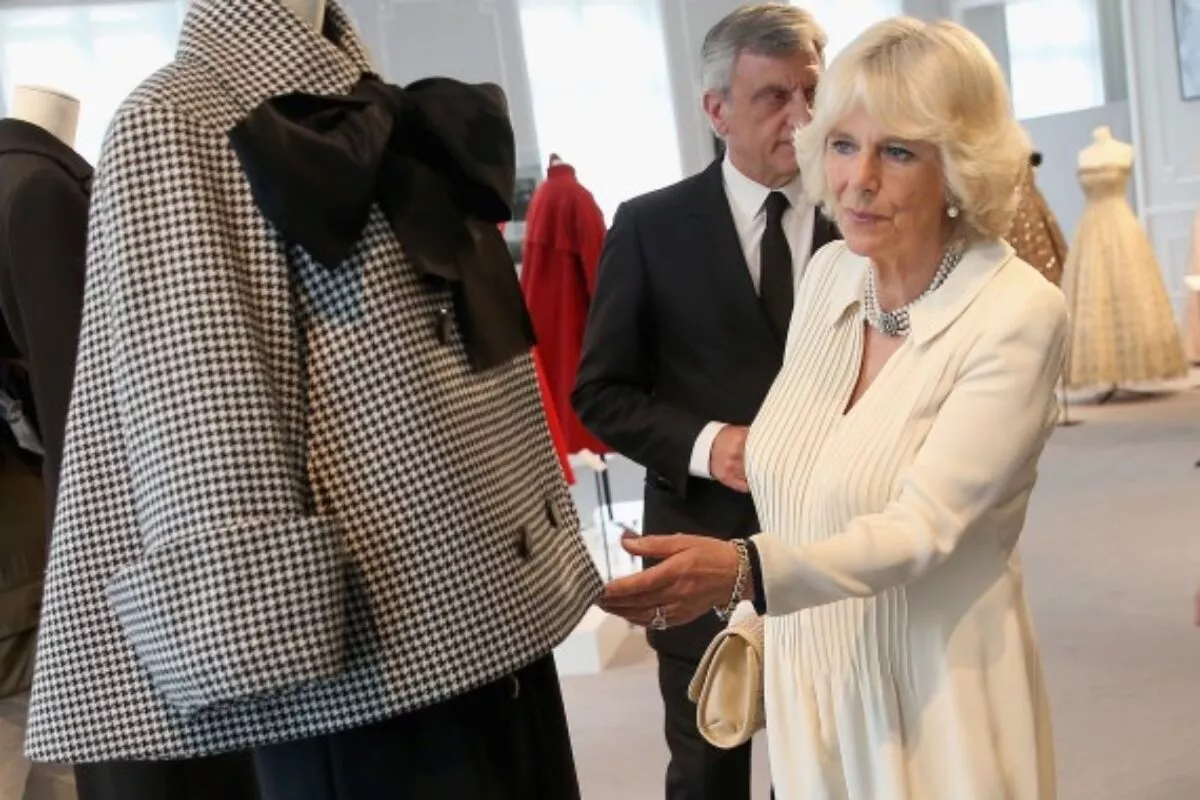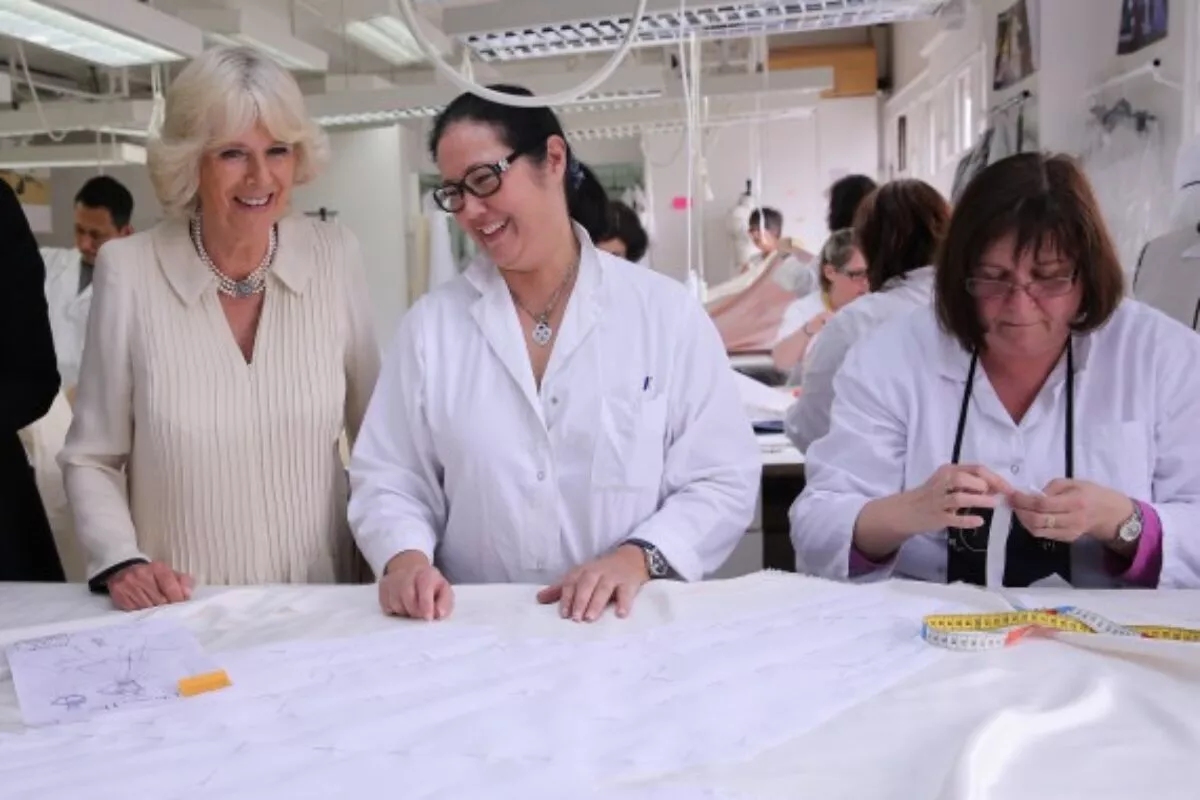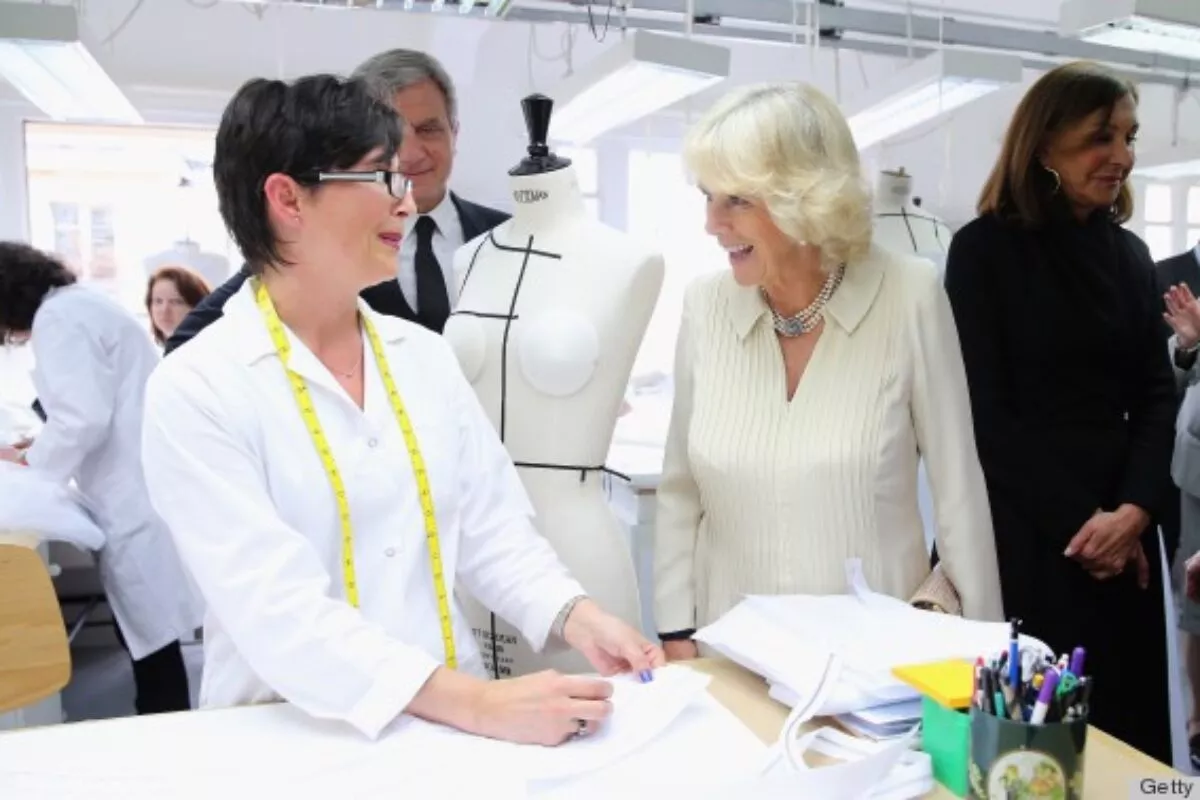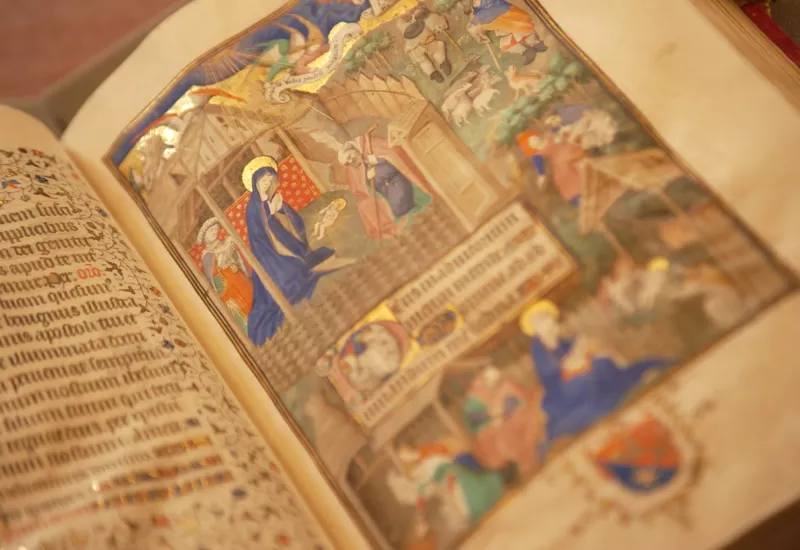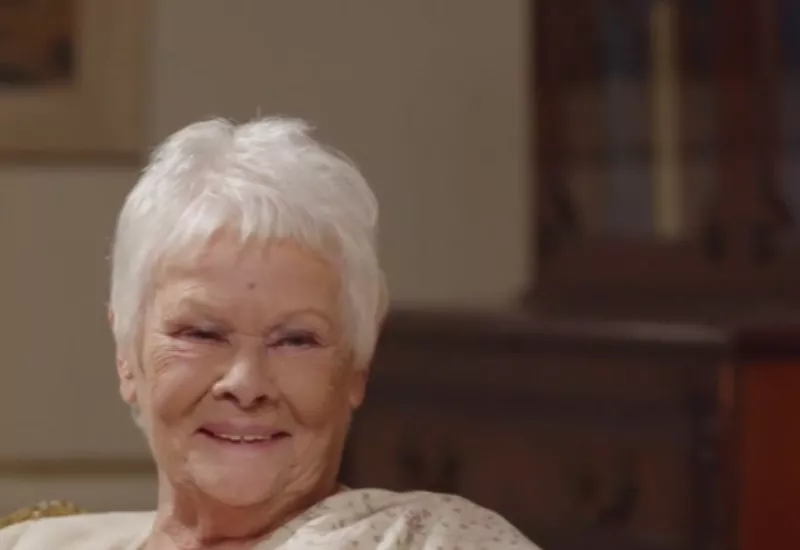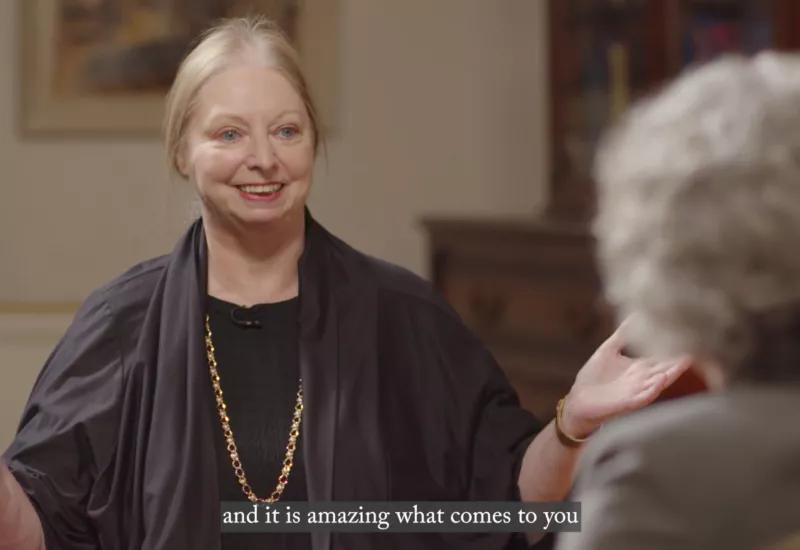Mrs ‘Arris Goes To Paris is really a fairy tale in disguise. Mrs Harris is bewitched by the idea of a Dior dress, and as soon as she arrives in Paris, she starts to play the part of both fairy godmother and princess, with varying degrees of success.
The ‘transformation’ is a traditional fairy-tale trope. We are very much accustomed to stories of the average, plain, unassuming girl being given the correct dress and make-up and suddenly she is transformed into a beautiful and desirable woman who turns heads wherever she goes. Of course what we are expected to accept without question, is that the life of this woman (always a woman) will be hugely improved because she has a golden gown and a prince on her arm.
Cinderella is the original and the best of the transformation stories. Who could resist the idea of exchanging a life of servitude and dowdy clothes for the glamour of the ball. Cinders even manages to snub her mean step-sisters in the process. Not all fairy tales have such a simplistic premise and clothes can often symbolise a much darker and more complicated transformation at play.
The Six Swans by the Brothers Grimm tells the story of a princess who comes to the rescue of her brothers who have been turned into six swans. A vow of silence leaves her unable to defend herself against a most terrible injustice, and so she is left to quietly contend with not only a wicked stepmother, but a wicked mother-in-law to boot. The princess works hard and dutifully to finish the six white shirts that will transform her brothers from swans back to their human form.
The swans fluttered around her, and hovered low so that she could throw the shirts over them. When they had touched them the swan skins fell off, and her brothers stood before her living, well and beautiful.
Hans Christian Andersen first published The Red Shoes in 1845 which tells the story of a peasant girl called Karen who is adopted when she is very young by a rich old lady. Karen arrives at the old lady’s house wearing a pair of very old, worn, red shoes but she is soon given a brand new, shiny pair which are fit for a princess. Karen insists on wearing the shoes for church despite the old lady warning that black would be more appropriate, and in due course she suffers a curse from an angel who condemns her to dance even after she dies, as a warning to vain children everywhere. Eventually Karen’s feet are amputated, with the red shoes still dancing, but eventually her merciful cries are answered and the angel lets her into heaven, where the red shoes are never mentioned again.
At the core of these stories is that idea that clothing is one of the easiest and clearest ways for humans to transform, disguise and reveal; in some cases providing a vessel with which to appear somehow more or less than you actually are. The fashion historian Hilary Davidson has stated that,
Clothing is our second skin, our socio-cultural skin, and determines a large amount of how others perceive us. To use clothing to change our seeming [appearance] is, on some level, an enchanted act.
Part of the appeal of a transformation act is the instantaneous change, a whole new self is just around the corner and available at the click of a finger. So much of the change that happens in real life is slow and takes effort and time. No wonder we are so enthralled by the idea of immediate access to beauty, power and attention.
Mrs ‘Arris Goes to Paris holds a lot of the trappings of a traditional fairy tale but really it is more complex in its understanding of transformation. Mrs Harris never really wanted to arrive at the Ball in her Dior gown. She doesn’t want for heads to turn or for crowds to be swooning in admiration at her beauty. She merely wants to own something glorious and for her chosen dress to be
hanging in her cupboard, to know it was there when she was there, when she was away, to open the door when she returned and find it waiting for her, exquisite to touch, to see, and to own.
Paul Gaillico treats his beloved Mrs Harris with tenderness and dignity. He realises that Mrs Harris deserves to own a gown as much as the rich ladies that she works for. As the novel draws to a close, he doesn’t subject her to a tawdry transformation scene, but rather is truthful enough to appraise the vision of her in her chosen gown as the one
that worked no miracles except in her soul.
